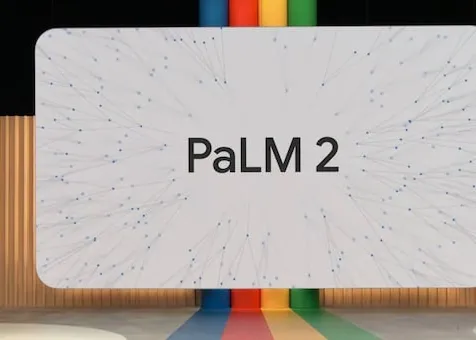Google I/O 2023: What is PaLM 2, the AI model powered by Google Bardia
At I/O 2023, Google emphasized AI more than anything else and also launched PaLM 2 – its next-generation language model with improved multilingualism, inference and coding capabilities – which now also runs on Google Bard.
Google claims that PaLM 2 is “strongly trained for multilingual text” and can work in more than 100 languages, a capability that enables it to understand, create and translate nuanced text.
PaLM 2 also has strong inference capabilities with a large data set. In addition, PaLM 2 was pre-trained on publicly available source code datasets, making it excellent with popular programming languages such as Python and JavaScript, and others such as Prolog, Fortran, and Verilog.
“We’re making PaLM 2 available in four sizes from smallest to largest: Gecko, Otter, Bison, and Unicorn. Gecko is lightweight enough to run on mobile devices and fast enough for great interactive apps on the device, even offline,” Google said.
The company’s goal is to take advantage of the versatility of the PaLM 2 model and help it integrate into numerous entire product categories and make it more useful for people.
Google has successfully incorporated advanced PaLM 2 LLM into 25 core products, including Google Bard and Google Workspace applications. In addition, Google’s health research teams have developed Med-PaLM 2, which is trained on medical knowledge to provide insightful summaries and answers to complex medical queries based on multiple dense medical texts.
Google acknowledged the impact of the AI models, saying: “Various AI models bring real benefits to everyone. But just as we’re committed to releasing the most useful and responsible AI tools today, we’re also committed to creating the best base models for Google yet.”
Google is currently developing Gemini, a next-generation AI model that they plan to eventually replace PaLM 2 in select products, such as the Google Bard, once it’s deemed ready for widespread use.
Read all the Latest Tech News here.




